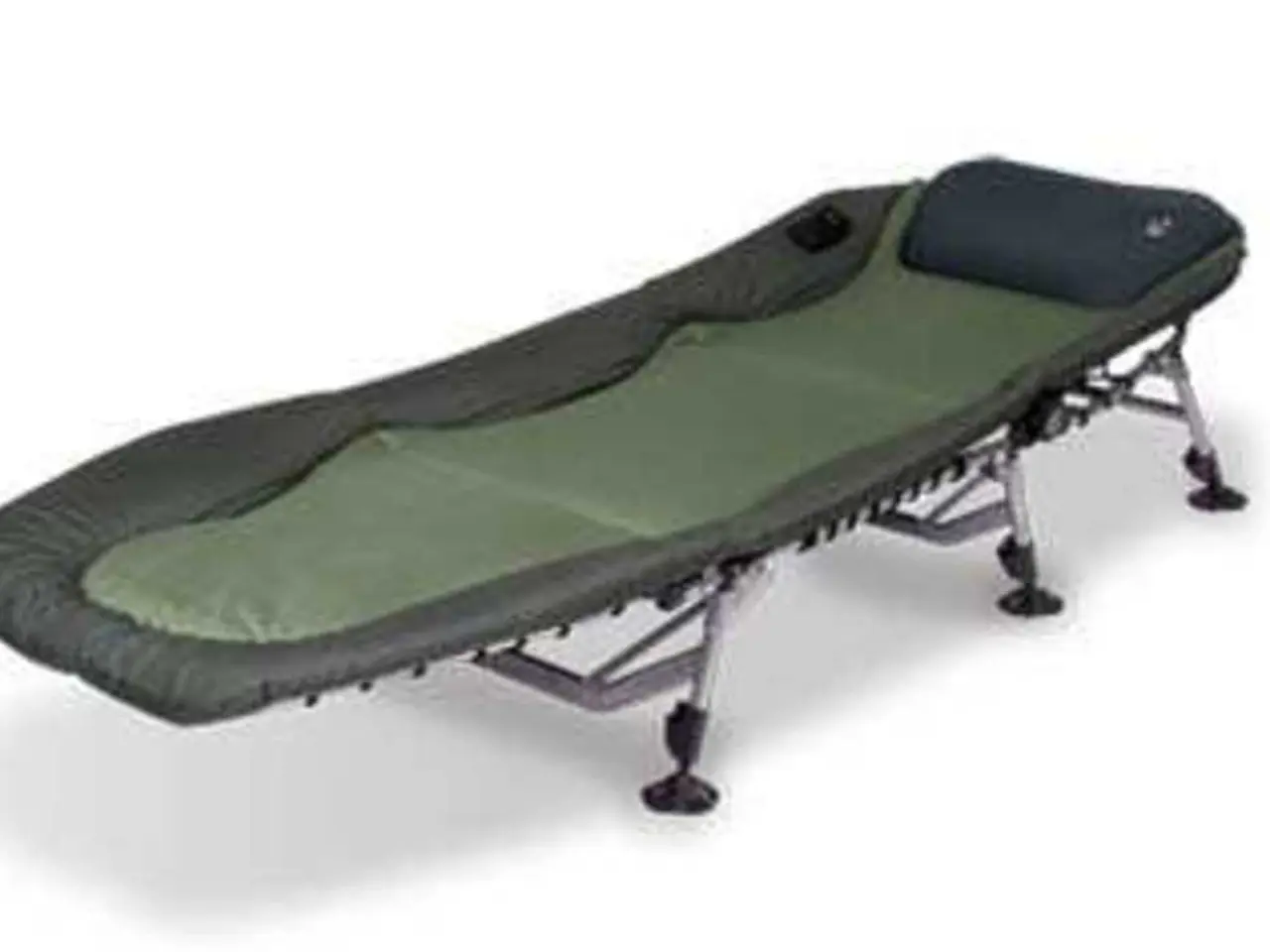Erythema Nodosum: Understanding the Causes, Symptoms, and Visual Representations
Erythema nodosum (EN), a type of septal panniculitis, is a relatively common skin condition that presents as tender, red nodules typically found on the lower legs. While the cause of EN can vary, understanding its triggers is crucial for effective management.
The most frequent identifiable cause of EN is infections, with streptococcal infections being the most commonly implicated. Other infections, such as tuberculosis, certain bacterial or viral agents, can also trigger EN.
Certain medications, including penicillin, sulfa drugs, and birth control pills, are well-known triggers of EN. Autoimmune and systemic diseases, like sarcoidosis and Crohn’s disease, are also associated with EN.
Pregnancy can cause EN due to immune and hormonal changes. In addition, various cancers may cause EN, especially hematologic cancers like Hodgkin lymphoma and leukemia, and some carcinomas.
EN can be considered an immune hypersensitivity reaction to these triggers rather than a disease itself, reflecting an underlying systemic process. Diagnosis often involves identifying and addressing the underlying cause, and treatment is mainly symptomatic, focusing on relief with anti-inflammatory medications.
In regions endemic for leprosy, erythema nodosum leprosum (ENL), a type of EN related to leprosy, is also recognized as a severe inflammatory reaction triggered by bacterial load, infections, pregnancy, or medications used in leprosy treatment.
EN sores are slightly raised, rounded in shape, not ulcerating or causing breaks or tears in the surface of the skin, and vary in size from a grape to a grapefruit, mostly between 1 centimeter (cm) and 5 cm. They are usually very painful, hot to touch, bright red for a week to 10 days, then fade to purple or blue. EN sores often develop on both sides of the body equally, commonly on the front of the shins, but also sometimes the ankles, knees, thighs, and forearms.
Despite its uncomfortable symptoms, EN is usually harmless, but it can be a sign of an underlying infection or medical condition that requires treatment. Common early signs of EN include fever, unexplained exhaustion, lung, throat, or nose infections, joint and muscle pain and weakness, swollen joints (often the ankles and knees), conjunctivitis, cough, weight loss, and cough.
Up to 55% of EN cases are idiopathic, meaning they have no known cause. EN can develop suddenly without any warning signs. It is most commonly found in people between the ages of 20 and 45 years old.
Treatment for EN includes bed rest, changing any medications that cause EN, applying ice, elevating the affected area, over-the-counter pain and anti-inflammatory medications, light compression stockings or supportive bandages and wraps, oral tetracycline, potassium iodide, systemic corticosteroids, and topical steroid creams.
In conclusion, while EN can be a concerning condition, understanding its causes and symptoms is the first step towards effective management. If you suspect you have EN, it is essential to seek medical advice promptly, as early diagnosis and treatment can significantly improve outcomes.
- The triggers for Erythema Nodosum (EN) can be various, such as infections like streptococcal infections or medications like penicillin and sulfa drugs, or even medical conditions like sarcoidosis and Crohn’s disease.
- Certain medical conditions, such as pregnancy and various cancers, can also lead to EN due to immune and hormonal changes, implying that it's crucial to investigate potential underlying health-and-wellness issues.
- Mental-health conditions, particularly chronic stress, and men's health, specifically hematologic cancers, might not often be associated with skin-care issues, but they could potentially trigger EN as well.
- Womens-health issues like pregnancy may contribute to the development of EN, highlighting the importance of considering various aspects of health-and-wellness in understanding this skin condition.




